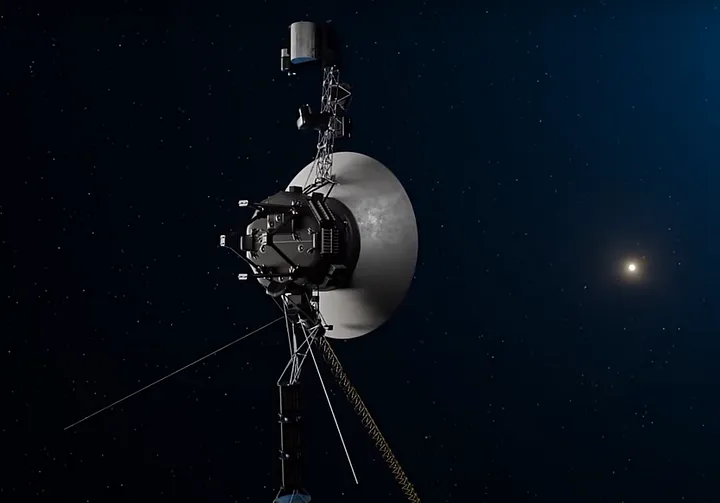How the F-35 uses the ALE-70 to outsmart enemy missiles
The F-35 Lightning II is a 5th generation stealth fighter that can perform a variety of missions, such as air superiority, strike, reconnaissance, and electronic warfare. One of the key features that makes the F-35 so stealthy is its ability to use the ALE-70 Towed Decoy, a small device that can create a false target for enemy radar-guided missiles. In this article, I will explain how the ALE-70 works, how it can be used in different scenarios, how it compares to other towed decoy systems, and why it gives the F-35 a significant advantage over its adversaries. How the ALE-70 works The ALE-70 is a small device that is stored under a hatch next to the flare dispenser on the F-35. It can be deployed on a fiber optic cable behind the aircraft, creating a false target for the enemy radar. The ALE-70 can emit jamming signals that confuse or deceive the enemy radar, making it think that the decoy is the actual aircraft. This can lure the missile away from the F-35, or make it miss its t...



